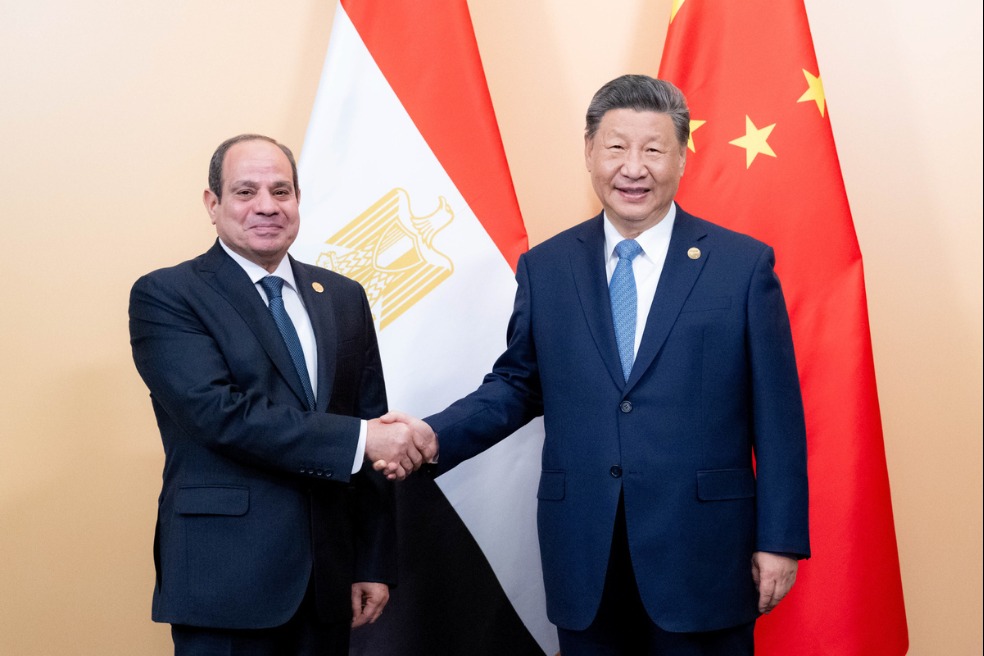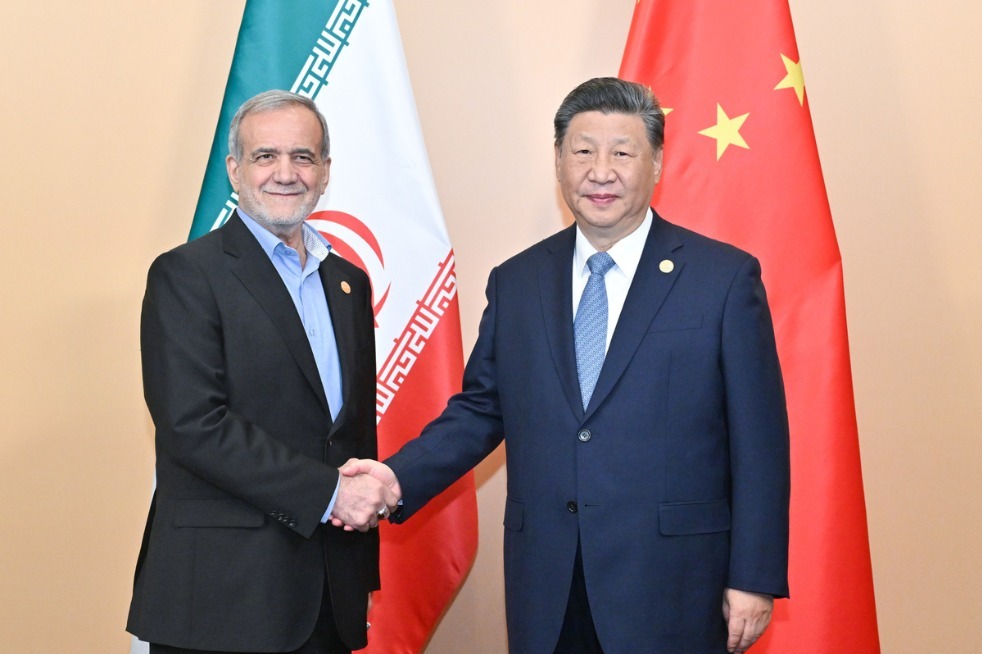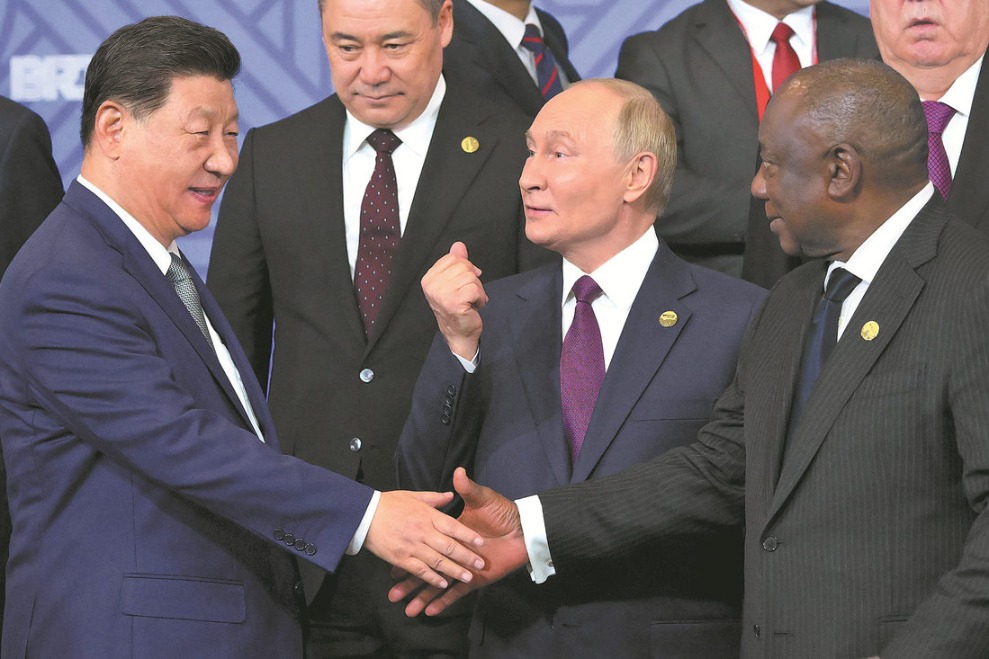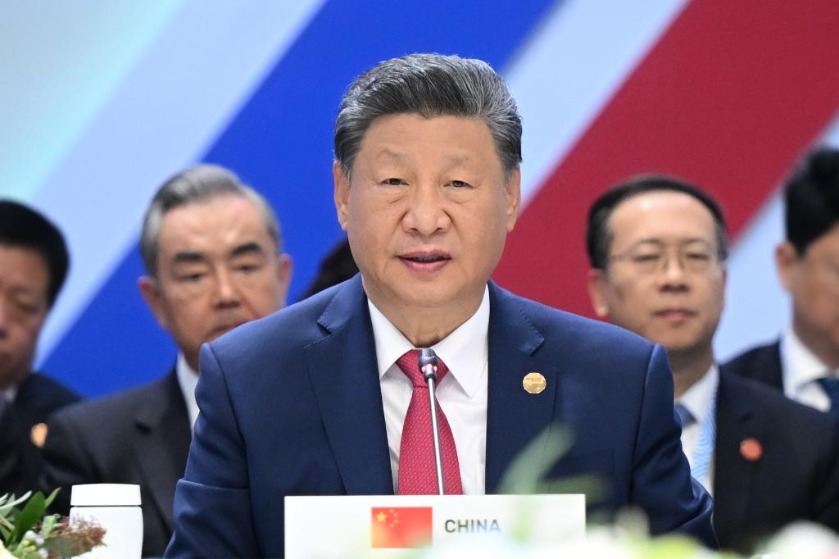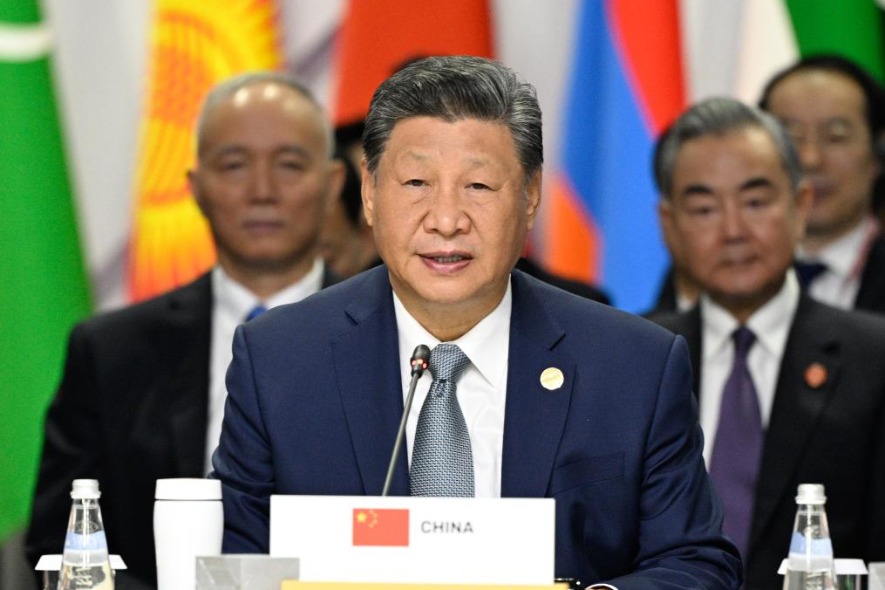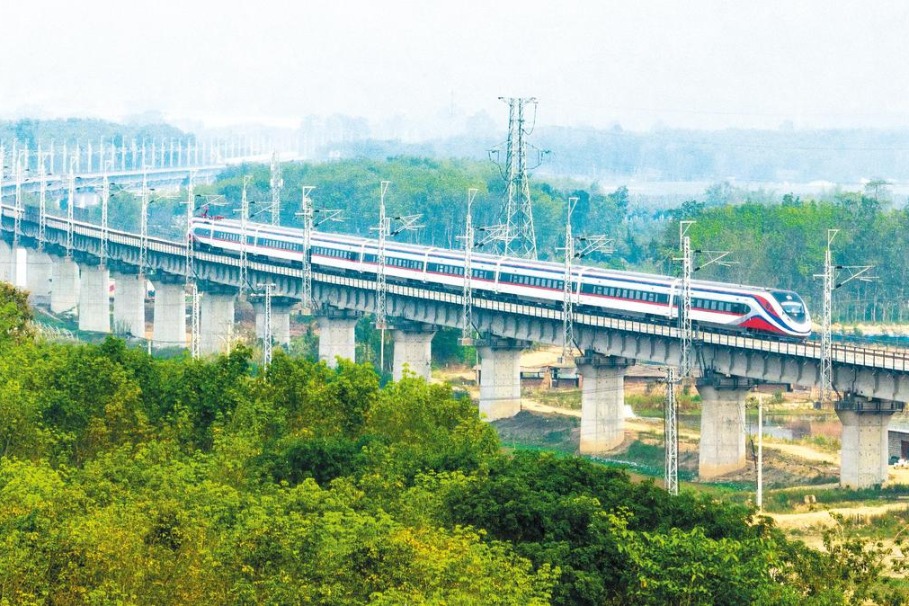IMF unveils tool to tackle debt concerns
Framework will help policymakers take steps to avoid adverse outcomes: official

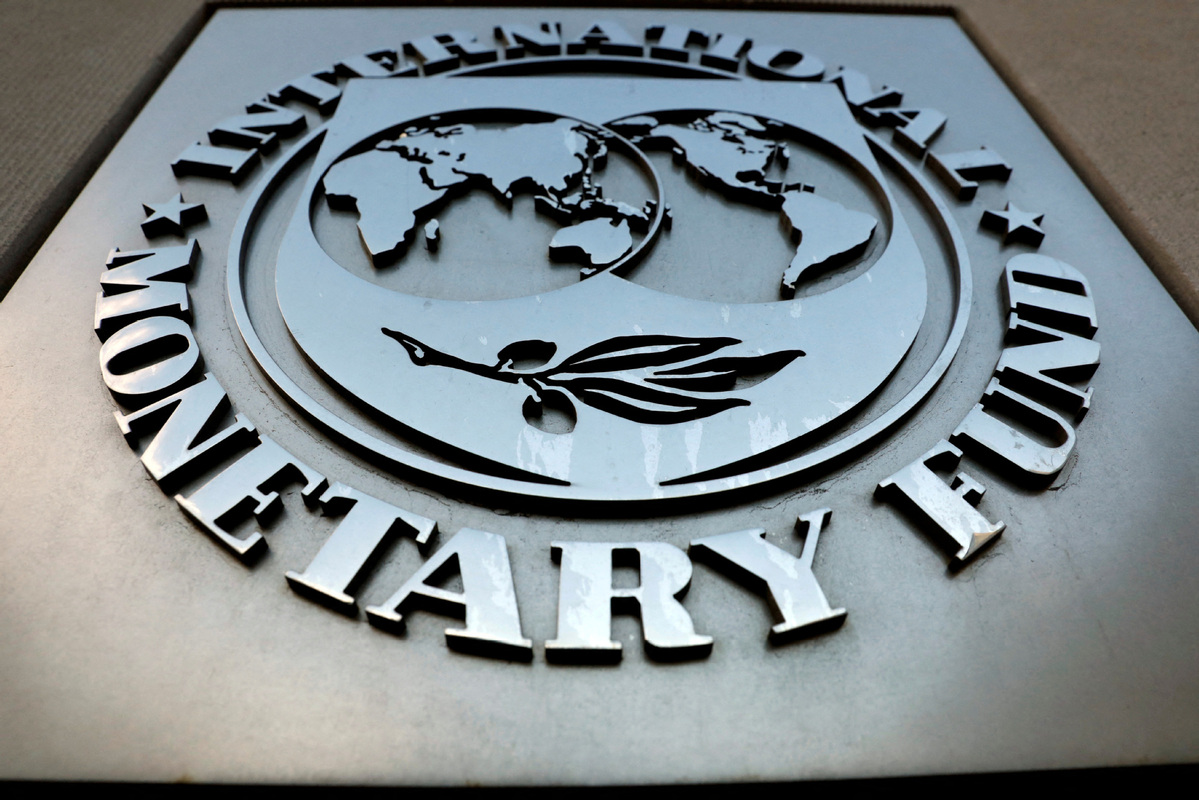
In its latest Fiscal Monitor released on Wednesday, the International Monetary Fund unveiled a novel approach called the "debt-at-risk" framework to address concerns brought about by global public debt, which is at a very high level and expected to continue rising.
In its monitor, the IMF said the global public debt in 2024 is expected to be $100 trillion, accounting for 93 percent of global GDP, and to keep rising through the end of the decade, approaching 100 percent of GDP by 2030.
A day earlier, the IMF's World Economic Outlook had raised the alarm over global public debt, warning that "risks to the debt outlook are heavily tilted to the upside".
Vitor Gaspar, head of the IMF's fiscal affairs department, highlighted the "debt-at-risk" framework and how it helps policymakers determine the risk of high levels of debt.
"Assessing and managing public debt risks is a major task for policymakers. The Fiscal Monitor makes a major contribution — the 'debt-at-risk' framework. It considers the distribution of outcomes around the most likely scenario. The analysis in the Fiscal Monitor shows that debt risks are substantially worse than they look from the baseline alone," said Gaspar during the 2024 Annual Meetings of the IMF and the World Bank Group, which are being held from Monday to Saturday in Washington, bringing together finance ministers and central bankers from nearly 200 countries and regions.
Preemptive action
"The framework should help policymakers take preemptive action to avoid the most adverse outcomes."
According to Gaspar and the monitor report, there are three main drivers of debt risks. First, spending pressures from long-term underlying trends, but also challenging politics at national, continental and global levels. Second, optimistic bias in debt projections. Third, increasing uncertainty is associated with economic, financial and political developments.
Gaspar said the key is to take action to control debt and keep at it. "Waiting is risky. The longer you wait, the greater the risk. The debt becomes unsustainable," he said.
"At the same time, countries that can afford it should avoid cutting too much, too fast. That would hurt growth and jobs. That is why, in many cases, we recommend an enduring but gradual fiscal adjustment," said Gaspar.
Gaspar said China "has ample policy space" and the means to keep public debt under control.
Among his suggestions, Gaspar noted it's "very important that fiscal policy and structural policy promote the transition to a new growth model in China", based on a technological innovation model that supports the structural transformation toward a green economy.
"My understanding is that this fourth element has been emphasized by the political authorities in China at the highest level," Gaspar added.
In an interview with AFP on Monday, Gaspar said "China is in the process of a major transition".
"Fiscal capacity can help China reach a different plateau in terms of its economic ambition, in terms of its economic prosperity," he said, referring to China's "very strong fiscal capacity to act".
Gaspar also said China should be looking to implement fiscal policies to boost its growth. "For a continental economy like China, the main driver of growth and development has to be domestic."
Murtaza Syed, head of ecosystem at the Beijing-based Asian Infrastructure Investment Bank, who is also a former acting governor of the State Bank of Pakistan, said that "there are certain buffers that China has". Syed said China's debt is basically domestic.
"It's almost one part of the State balance sheet owing the other part of the State balance sheet because you've got a lot of State-owned commercial banks, you've got local governments, and you've got a central government that actually has a lot of space to do things," he said.
















